Welcome to the world of polyculture, an approach to gardening that embraces diversity and mimics natural ecosystems.

How to Reduce Garden Weeds
There are few things in gardening worse than having your masterpiece being taken over by weeds. We’ve put together some tips for home gardeners to prevent weeds from invading as well as sharing landscape professional’s secrets to success.
Mulch
Mulch is one of the best tools to help prevent weed invasion. Chunky mulch with no or few fine particles works best. The chunky pieces last a long time, and the air gaps between the chunky pieces make it very hard for weeds seeds to grow. For vegie gardens, straw mulch works well, but needs redoing regularly.

Manual Weeding
What about hand weeding? It’s the simple method of weed control, and for small gardens is often the best. You can get your hands or gloves dirty, or you can try out some of the many great tools that aid in removal. You can use a little hand weed grabber, a knife or a small garden trowel to make the job easier. If you don’t like bending, then try a long handle weed puller which is better for large landscape garden areas, or lawns. A chipping hoe also works well with sporadic weeds. If you have a larger outbreak of weeds in groups, then try tools like a hoe, a knife, or even a shovel.
The best time to remove weeds by hand is when the ground is moist or wet because the soil is softer making it easier to pull the roots out.
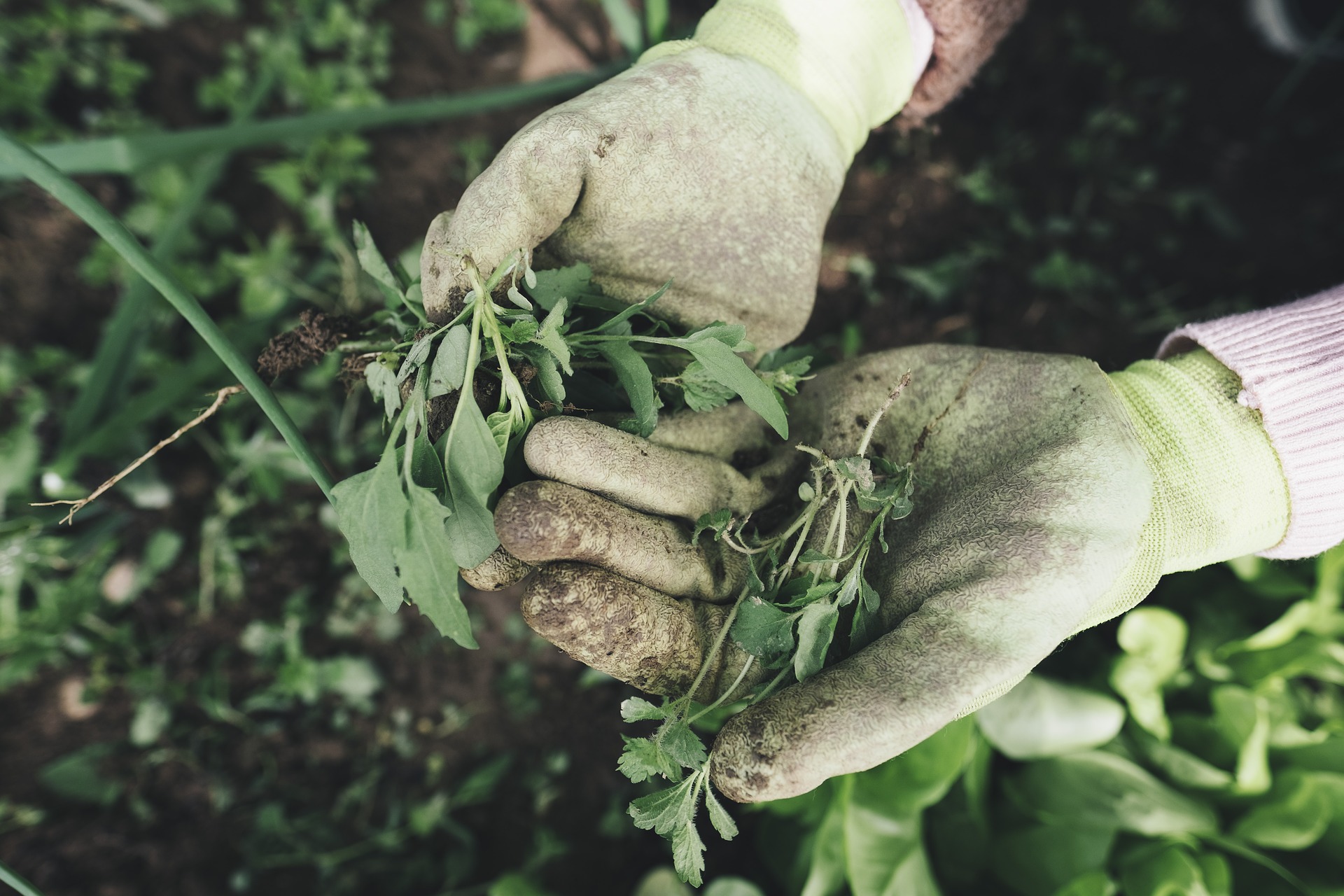
Strategic Planting
Planting for weed control is another time-honoured method to help reduce weed invasion. Using weed suppressing plants with very few gaps is what Landscape professionals use on roadsides and large landscape areas. Some great examples of weed suppressing plants include Aussie Rambler™ Carpobrotus, which gets thick so weeds rarely invade. Tanika® Lomandra planted with few gaps has been a staple with professionals and homeowners for decades. Its habit makes it hard for weeds to invade.
But what about flowers, and other higher maintenance showy plants? Here we use our 80/20 rule. If 80% of the garden is low maintenance easy to care for plants and turf, we can use higher maintenance plants in smaller areas. That way you can cut down your maintenance time while still enjoying pockets of colour. Gaps in a garden is an opportunity for weeds, so get out and get more plants to fill those gaps!
Watering and Fertilising Techniques
Believe it or not, watering techniques can also reduce weed invasion. Set up a watering system that comes on daily or every 2 to 3 days encourages weed seed to germinate. Irrigating deeply each 2 weeks or so makes it harder for weed seeds to sprout and survive. So, using drought tolerant plants not only saves you water, but it helps reduce weed invasion. You could also try drip irrigation, although more work to set up, only the plants will be watered and not the weed seeds surrounding them.
This principle applies to fertiliser too. Fertilise your plants only and not weeds. Spread fertiliser near plants, and don’t fertilise gaps. Why help weeds? It does not make sense.

Prevent Seeding
If the weeds are not left to seed in your garden, weed pressure is greatly reduced. The main time for weed invasion is Autumn and Spring, so really work at it in those periods. If it is a large area, trim and remove as much of the weed as you can. This will at least quickly get rid of some weed seed before it drops.

Home-made remedies
What about home-made weed killers? Vinegar can be a weed killer. Simply spray the weed just like you would a herbicide spray, just a little heavier. It will kill many plants as well, so just hit the weeds.
Cardboard or newspaper layered over the weeds and wet down smothers weeds efficiently. The layer of paper over the weeds stops sunlight and oxygen from reaching them. This is particularly good if you have a thick layer of weeds. You can improve the look by covering the paper with mulch or even rocks.
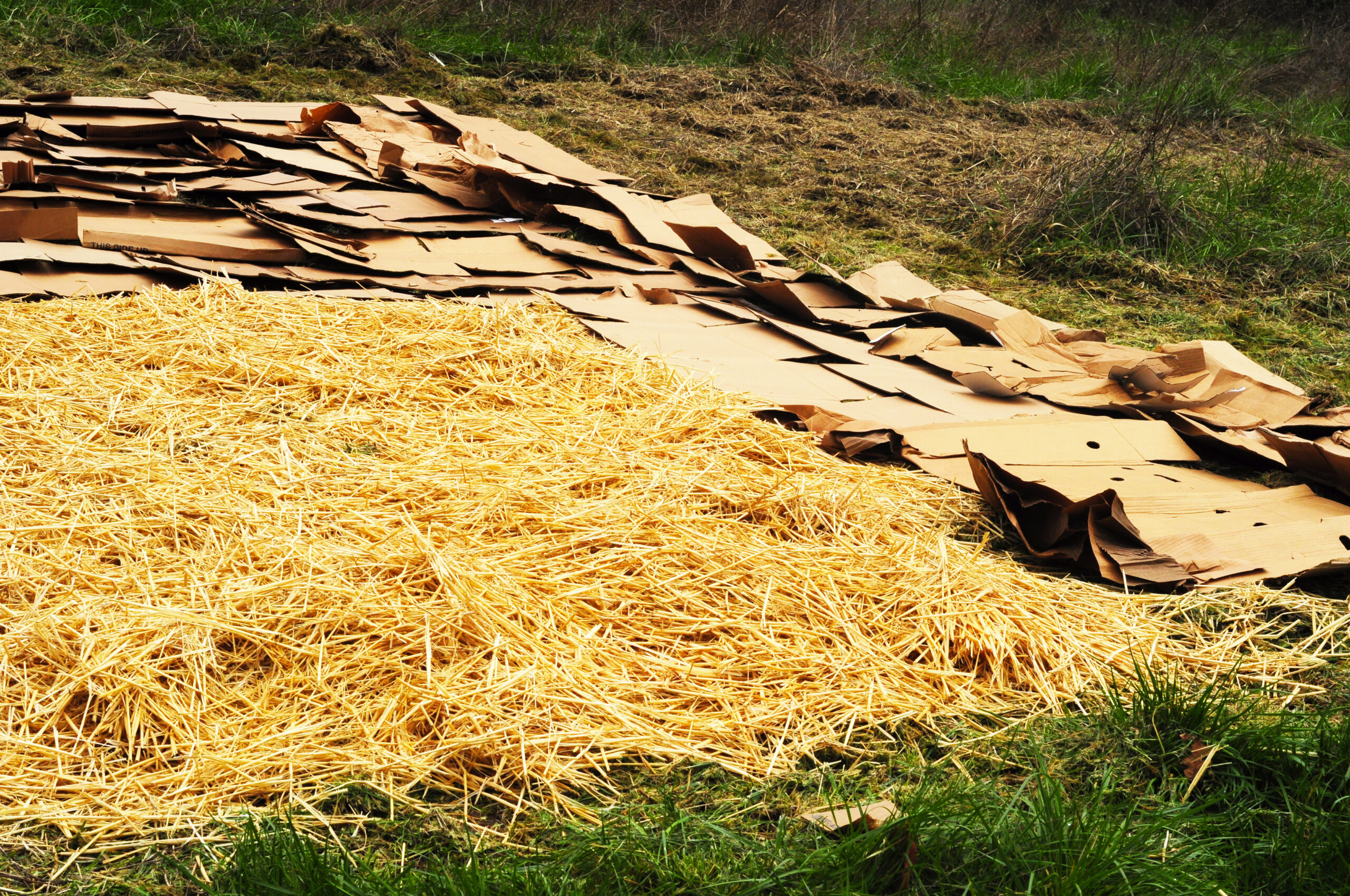
Avoid Soil Disturbance
Believe it or not, leaving the weed seeds alone can help. By digging up big areas of the garden you can bring weed seeds that are deeper than the top 3cm or so to the surface helping them geminate. So only dig where you are planting rather than disturbing large patches of soil.

Herbicides
Although it is best to avoid chemicals if you can, some weeds are too stubborn to be eradicated by other methods. Ensure safety guidelines are followed as chemicals can hurt your health if used inappropriately.
Generally, by using one that kills most weeds, the aim is to apply the chemical to the weed and avoid desired plants. This can be done with spraying in a stream rather than a mist. Adding red or blue colouring helps see what has been sprayed. Wick wipers are another invention that helps with spot weeding.
A technique sometimes used is to cover the desirable plants with buckets, or tubs and spray the weeds. This stops the herbicide hitting the plants you want to keep.
Some chemicals can be used in broad spectrum mode. Spraying the entire garden, killing the weeds without harming the plants. This is usually the domain of the professional, so unless you are well trained, it may be better to hire a weed specialist. For acreage some of these maybe applicable to do yourself ensuring guidelines are followed. Check the guidelines for your area before trying this method.
Fusilade is one of the most useful chemicals for the professional. Available in 1 litre or larger, this kills grasses out of gardens. Couch, Kikuyu, rye grass, or Buffalo can all be killed with this. Non grass plants are generally not damaged by this spray. It is very hard to remove these grasses any other way. Grass like plants such as Liriope, Lomandra and Dianella are not harmed by Fusilade.
Sedge weeds can also become difficult to remove, especially in moist gardens as they often invade prolifically. Sedgehammer or HALOSULFURON-METHYL can eliminate nut grass, Mullumbimby couch, or other sedges from lawns and gardens. Check the label in your region or hire a professional. Nut grass may need a few applications over a year or two.

Weed Prevention at Ozbreed
Here, we have hectares of gardens to maintain, and without a heavy application of chunky mulch we could not keep up with the weeds. But we also have professionals apply pre-emergents in spring and autumn to ensure weed seeds are less likely to germinate.
Prevention is better than letting weeds get out of hand so keep your eye out for weeds, especially in high growth seasons like Spring. It’s better to do a little every now and then to avoid large amounts of seed dropping, making the problem worse. Usually, one method alone is not enough to eradicate weeds, so its best to use a combination of the tips that we’ve suggested here.

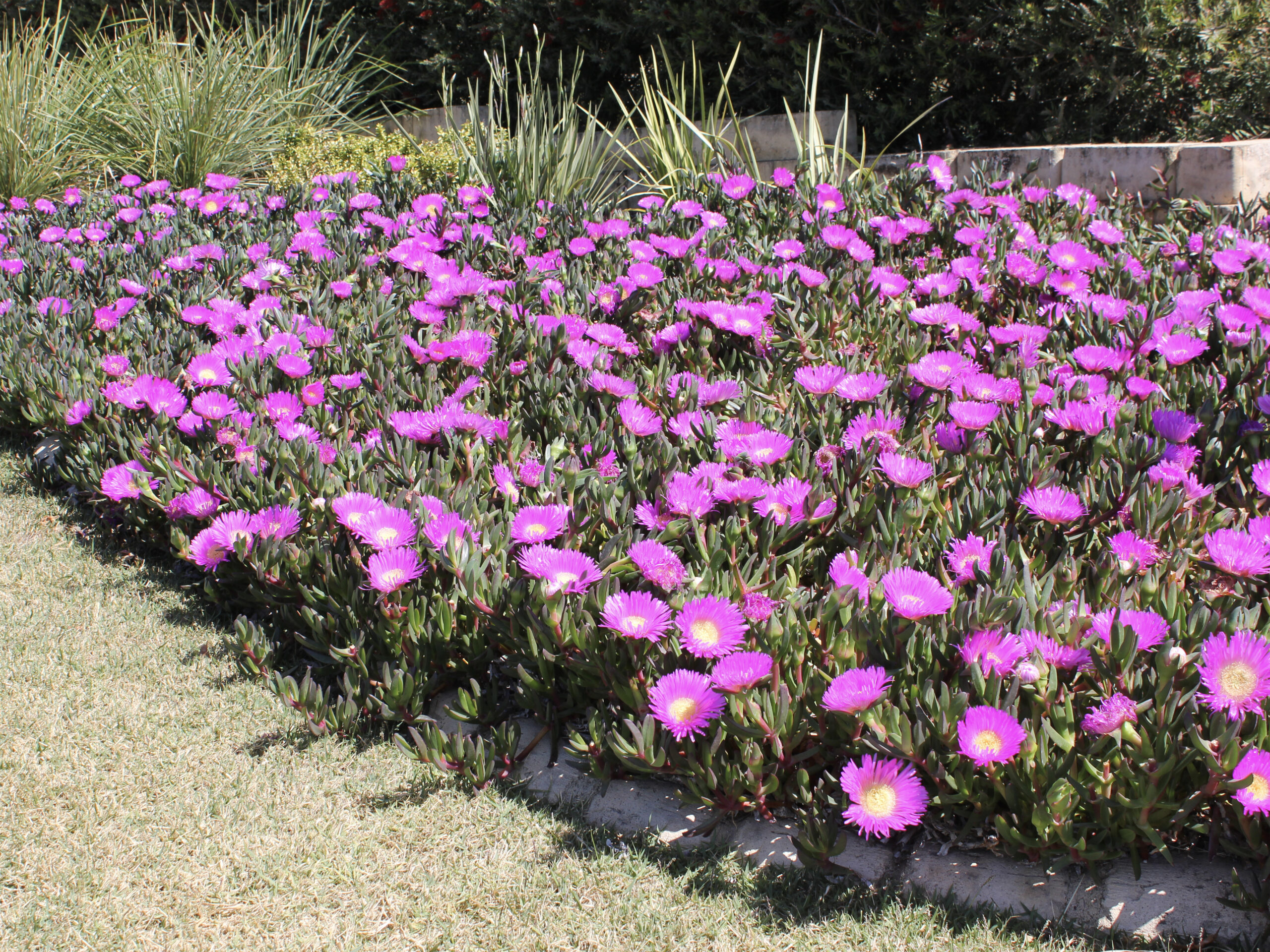
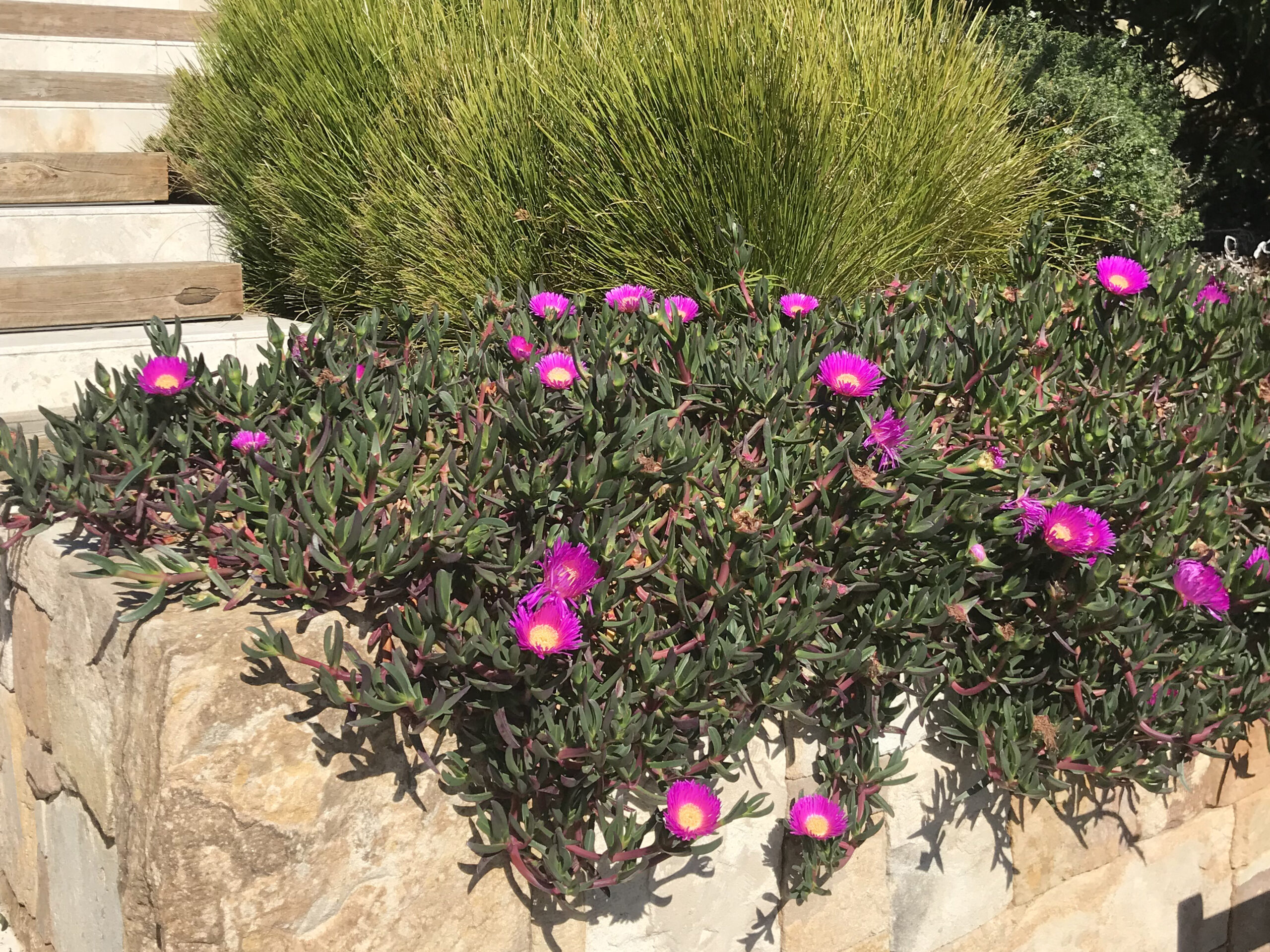


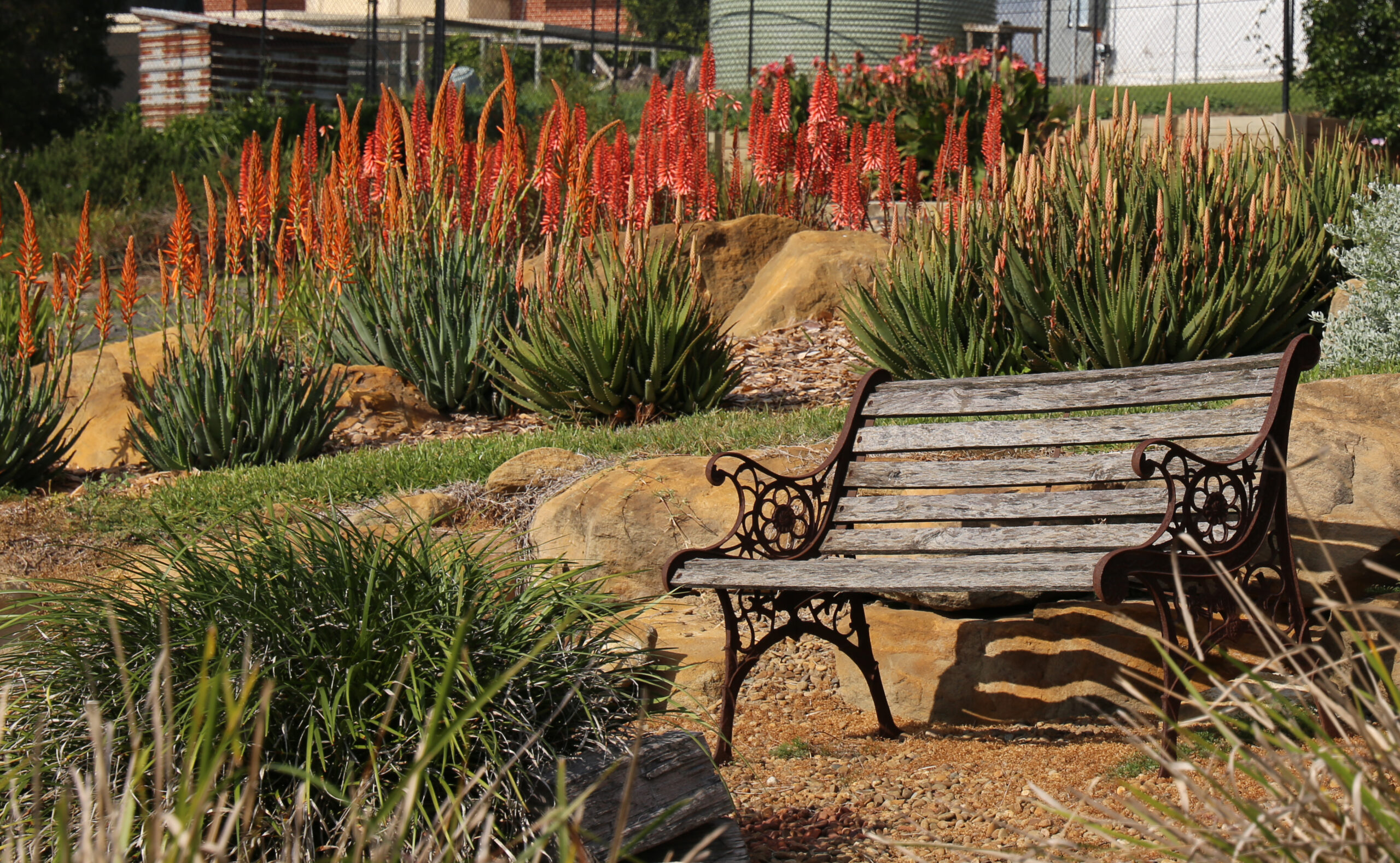




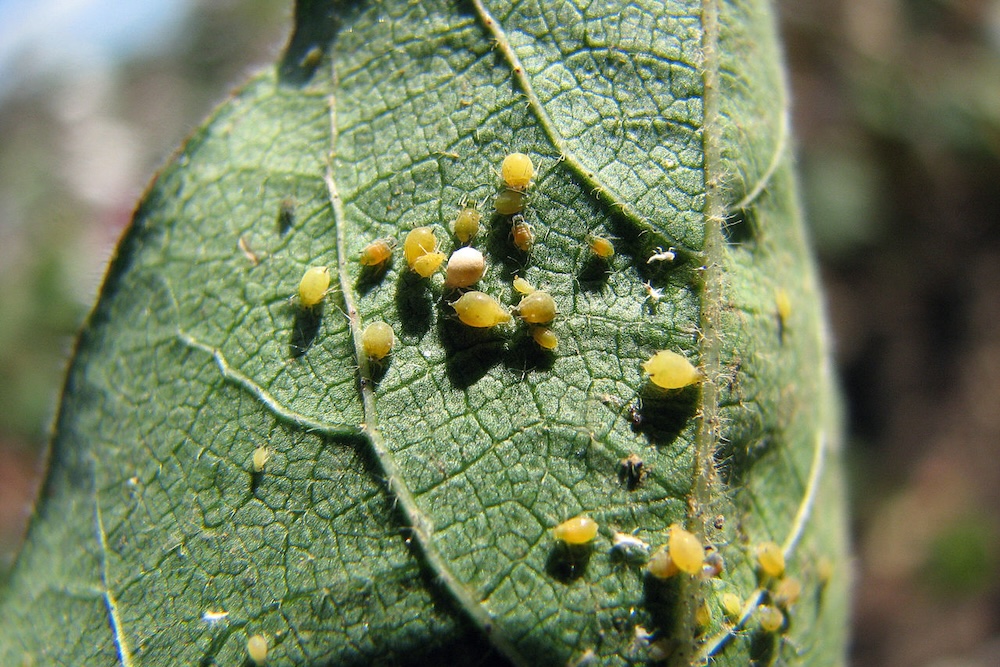
This Post Has 0 Comments